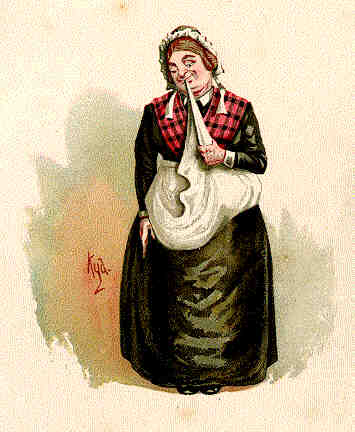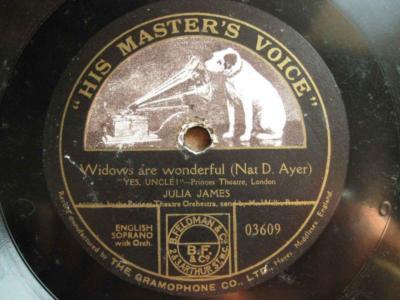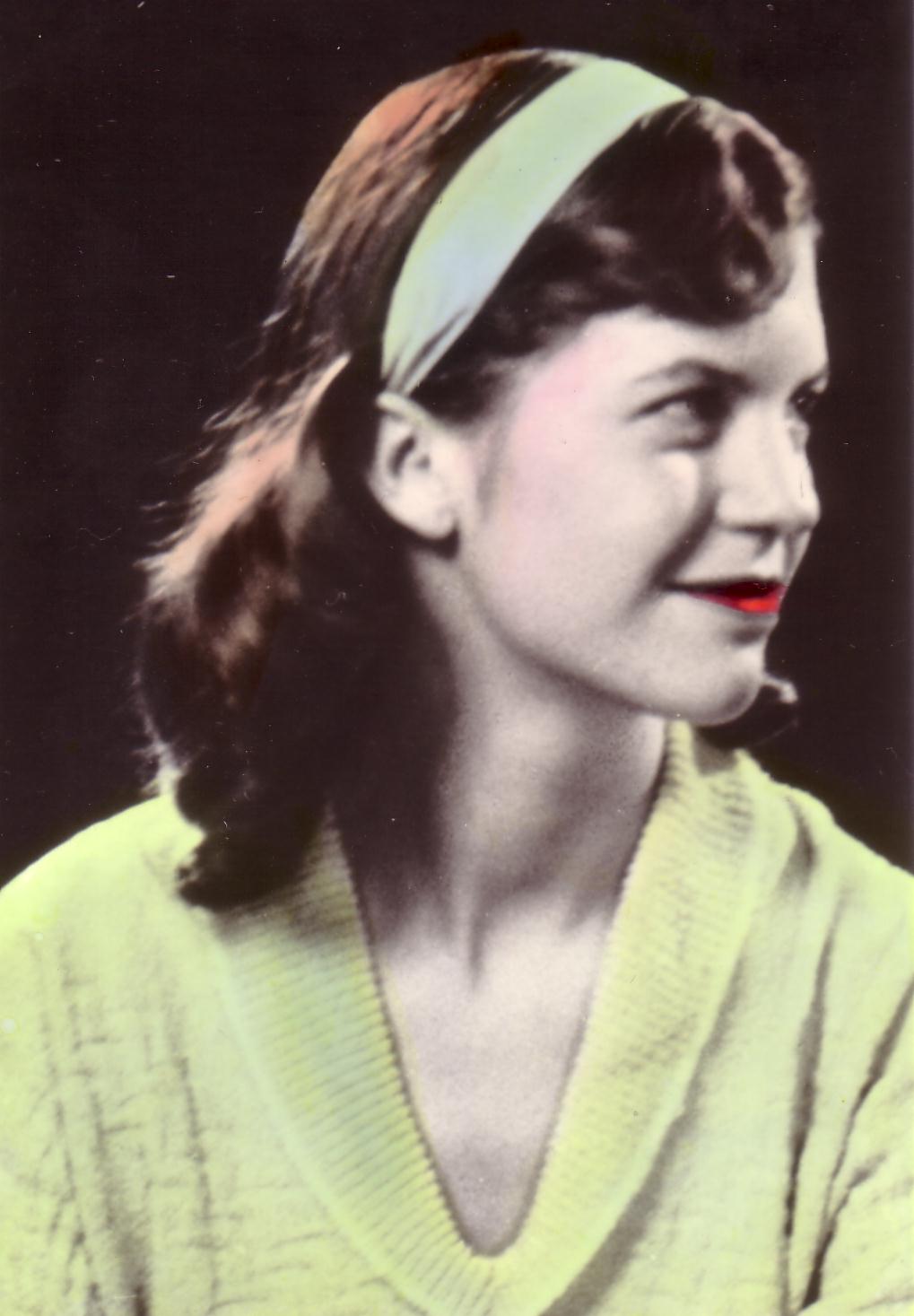My monograph on the history of widows in Britain will be published by Liverpool University Press in 2017. Here you can find a short summary of the contexts and aims of the book.
Widders are ‘ceptions to ev’ry rule.
Charles Dickens, The Pickwick Papers (1837)
 There are few statements that describe the significance of the figure of the widow in British literature and culture better or more concisely than these words of wisdom offered by Mr Weller in Charles Dickens’s first novel, The Pickwick Papers. Weller’s declaration is a reflection on one of the novel’s minor characters, Mrs Tamora Bardell, a middle-aged widow who – comically but tragically – misinterprets the attentions of Samuel Pickwick, her lodger, and brings a court case against him for breaking what she somewhat hastily took to be a promise of marriage. Dickens’s Mrs Bardell is only one in a long list of fictional characters whose image led one sympathetic commentator to reflect, a whole six decades later, that “widows have generally received less than justice at the hand of novelists” (Review of The Ways of a Widow, by Mrs Lovett-Cameron, The Athenaeum, 17 September 1898, p.384).
There are few statements that describe the significance of the figure of the widow in British literature and culture better or more concisely than these words of wisdom offered by Mr Weller in Charles Dickens’s first novel, The Pickwick Papers. Weller’s declaration is a reflection on one of the novel’s minor characters, Mrs Tamora Bardell, a middle-aged widow who – comically but tragically – misinterprets the attentions of Samuel Pickwick, her lodger, and brings a court case against him for breaking what she somewhat hastily took to be a promise of marriage. Dickens’s Mrs Bardell is only one in a long list of fictional characters whose image led one sympathetic commentator to reflect, a whole six decades later, that “widows have generally received less than justice at the hand of novelists” (Review of The Ways of a Widow, by Mrs Lovett-Cameron, The Athenaeum, 17 September 1898, p.384).
 In December 1917, with the First World War causing a surge in the demand for light entertainment, the musical “Yes, Uncle!” premiered at London’s Prince of Wales Theatre. The show saw 626 performances, and its songs became wildly popular, including the comic piece “Widows Are Wonderful”. At a time when the number of Britain’s widows increased by the day, the song praises their distinctness and desirability as romantic partners. Referring to the widow’s experience in matters of sex as well as matrimony, we are told that, unlike “girls who blush and dimple”, “the widow’s not so simple”, and while “single girls are much too tame / a merry little widow knows the game”. But just as telling as the song itself are the recorded comments of one of its writers several years later: “I was young when I wrote it”, Nat D. Ayer jokingly recalls in the 1930s, “I now realize that it depends entirely on the age and income of the widow”.
In December 1917, with the First World War causing a surge in the demand for light entertainment, the musical “Yes, Uncle!” premiered at London’s Prince of Wales Theatre. The show saw 626 performances, and its songs became wildly popular, including the comic piece “Widows Are Wonderful”. At a time when the number of Britain’s widows increased by the day, the song praises their distinctness and desirability as romantic partners. Referring to the widow’s experience in matters of sex as well as matrimony, we are told that, unlike “girls who blush and dimple”, “the widow’s not so simple”, and while “single girls are much too tame / a merry little widow knows the game”. But just as telling as the song itself are the recorded comments of one of its writers several years later: “I was young when I wrote it”, Nat D. Ayer jokingly recalls in the 1930s, “I now realize that it depends entirely on the age and income of the widow”.
 In post-war Britain, Sylvia Plath, too, reflected on the widow, if in very different terms. Her poem “Widow” (1962) provides an interior view of the loss, grief, and crisis suffered by her eponymous subject, describing her as “that great, vacant estate”, a person who has lost their identity, “a shadow-thing”, rendered empty of meaning. The loss of a husband signifies the woman’s loss of her chief role as wife: she was a woman defined by the identity of her spouse, a woman whose person became subsumed by that of her husband. To Plath, the word itself is defined by “the dead syllable, with its shadow / Of an echo”, the widow a living – though hollow – reminder of the deceased, an echo of the past. As a woman who was but now is no longer a wife, the widow becomes a figure perpetually defined by both her past and her present, by what she once was but has ceased to be.
In post-war Britain, Sylvia Plath, too, reflected on the widow, if in very different terms. Her poem “Widow” (1962) provides an interior view of the loss, grief, and crisis suffered by her eponymous subject, describing her as “that great, vacant estate”, a person who has lost their identity, “a shadow-thing”, rendered empty of meaning. The loss of a husband signifies the woman’s loss of her chief role as wife: she was a woman defined by the identity of her spouse, a woman whose person became subsumed by that of her husband. To Plath, the word itself is defined by “the dead syllable, with its shadow / Of an echo”, the widow a living – though hollow – reminder of the deceased, an echo of the past. As a woman who was but now is no longer a wife, the widow becomes a figure perpetually defined by both her past and her present, by what she once was but has ceased to be.
These images of the widow provide snapshots of her persistence as a figure in British literature and culture and in the popular imagination across the nineteenth and twentieth centuries, but they are also illustrative of the contexts and discourses that have shaped widows’ lived experiences and their textual depictions in art, film, literature, and popular culture for centuries. At any one point in history, these representations vary – as Ayer implied – according to the widow’s age, class, and financial situation. She could be left impoverished, or she could become a propertied woman of independent means, an exceptional position in Victorian Britain in particular. Like Mrs Bardell, she could be forced to make ends meet by taking in lodgers and be desperate to remarry in the hope to bring an end to her financial instability. Socially, too, the widow could be an exception to every rule, as Dickens’s Mr Weller puts it so astutely, particularly if she was not left poor. As a single woman with sexual experience (as Ayer’s song suggests) but without a male guardian, she is able to manage her own affairs – in every sense of the word – choosing whether or not to remarry and, if so, whom. As Sarah Gamble points out, the widow has been ignored in feminist theory “precisely because of her problematic ties to marriage and domesticity” (“The Husbandless Home: Domesticity and the Young Widow in the Contemporary Novel”, p. 83). What all three examples have in common, though, is that the widow is conceived in relation to her romantic and domestic role as wife, either because she has the desire or potential to remarry, or because she is haunted by the emptiness left by the death of her husband.
 As much as rituals and representations of death – and, by extension, of those grieving – are influenced by “variables such as class, gender, and region” (Pat Jalland, Death in War and Peace, 1914-1970, p.1), they are also impacted over time by shifts in the political, economic, religious, legal, and medical realms. Across the nineteenth and twentieth centuries, these changes were so significant that they resulted in “a deep chasm between the cultural norms relating to death and loss in 1851 and in 1951”, as Pat Jalland has observed (Death in War and Peace, 1914-1970, p. 1). The figure of the widow is laden with telling inscriptions that bear testament to these shifting cultural norms and to the competing discourses that have shaped them. In the nineteenth century, the widow played a key role in the ritualization of mourning as well as in the subsequent movement towards mourning dress reform. She simultaneously reinforced and subverted dominant constructions of femininity, and became a case in point for debates on women’s property laws. In the twentieth century, her economic and social position featured in suffragette propaganda, while her grief became a prime object of psychoanalytic and psychiatric inquiry before it also functioned as the central focus for the first sociological studies on grief in the 1950s and 1960s. Her image was (and arguably remains) a central one in war propaganda and critique, while her financial situation has featured heavily and consistently in parliamentary debates throughout the nineteenth and twentieth centuries in the context of state pensions and the development of the welfare state.
As much as rituals and representations of death – and, by extension, of those grieving – are influenced by “variables such as class, gender, and region” (Pat Jalland, Death in War and Peace, 1914-1970, p.1), they are also impacted over time by shifts in the political, economic, religious, legal, and medical realms. Across the nineteenth and twentieth centuries, these changes were so significant that they resulted in “a deep chasm between the cultural norms relating to death and loss in 1851 and in 1951”, as Pat Jalland has observed (Death in War and Peace, 1914-1970, p. 1). The figure of the widow is laden with telling inscriptions that bear testament to these shifting cultural norms and to the competing discourses that have shaped them. In the nineteenth century, the widow played a key role in the ritualization of mourning as well as in the subsequent movement towards mourning dress reform. She simultaneously reinforced and subverted dominant constructions of femininity, and became a case in point for debates on women’s property laws. In the twentieth century, her economic and social position featured in suffragette propaganda, while her grief became a prime object of psychoanalytic and psychiatric inquiry before it also functioned as the central focus for the first sociological studies on grief in the 1950s and 1960s. Her image was (and arguably remains) a central one in war propaganda and critique, while her financial situation has featured heavily and consistently in parliamentary debates throughout the nineteenth and twentieth centuries in the context of state pensions and the development of the welfare state.
Drawing on diaries, letters, and public records, historians such as Cynthia Curran, Pat Jalland, and Julie-Marie Strange have provided illuminating and comprehensive accounts of the lived experiences of widows of various classes, and from the nineteenth century onwards. So have the field-defining sociological, anthropological, and ethnographic studies of mourning and grief by scholars and practitioners like Peter Marris, Geoffrey Gorer, and Colin Murray Parkes since the 1950s, projects which sought to examine the interconnected economic and social effects of loss on individuals and communities in post-war Britain, while new psychiatric research sought to reconsider grief not from a pathological but from a psychological perspective, as Sigmund Freud had done before them in his essay “Mourning and Melancholia” (1917). This book builds on this existing body of work in the hope to achieve a somewhat different set of aims. What, it asks, can literary and cultural iterations of the figure of the widow – in fiction, poetry, drama, music, advertising, medical texts, newspapers, art, and political propaganda – reveal about her lived experiences that other sources cannot? How might such representations illuminate her persistent – if often marginal – presence in British literature and culture since the Victorian period and contribute to women’s history in Britain? What gendered anxieties and preoccupations were projected onto the figure of the widow in the changing landscapes of nineteenth and twentieth-century Britain?
2 Comments on “[Monograph] The Widow: A Literary & Cultural History (1837-1979)”